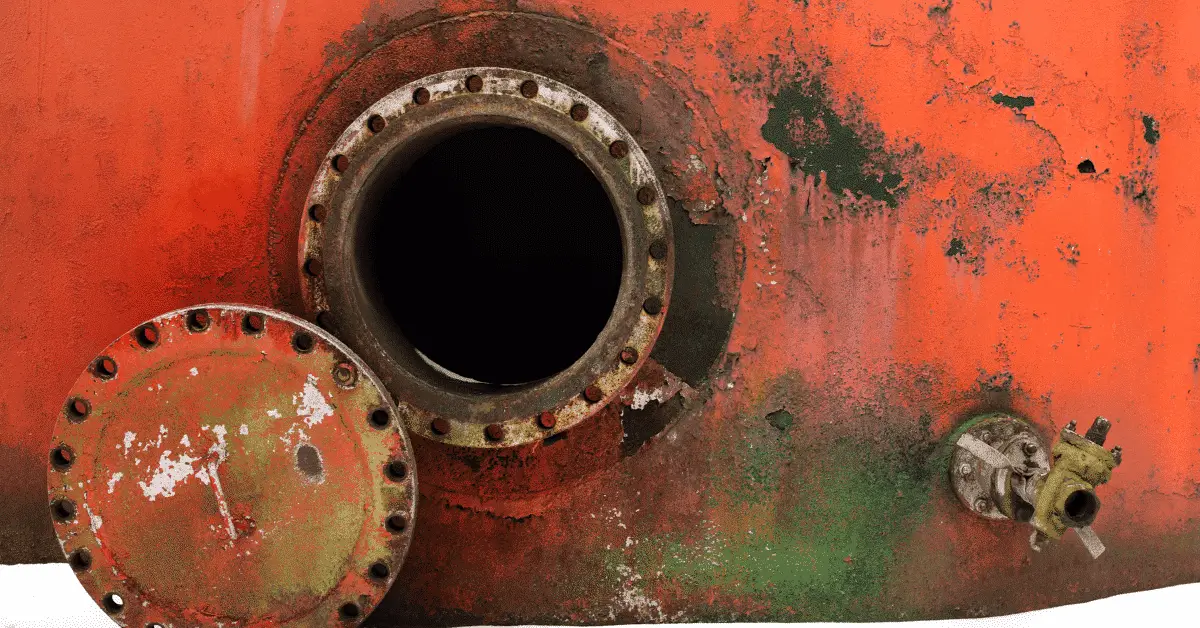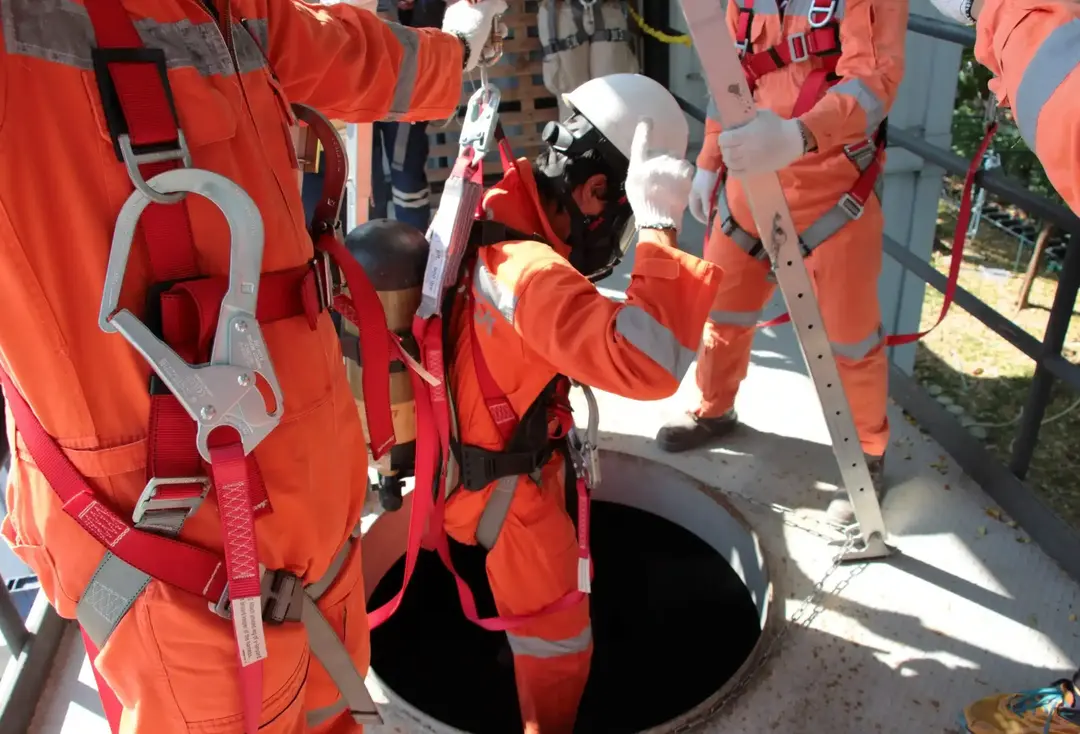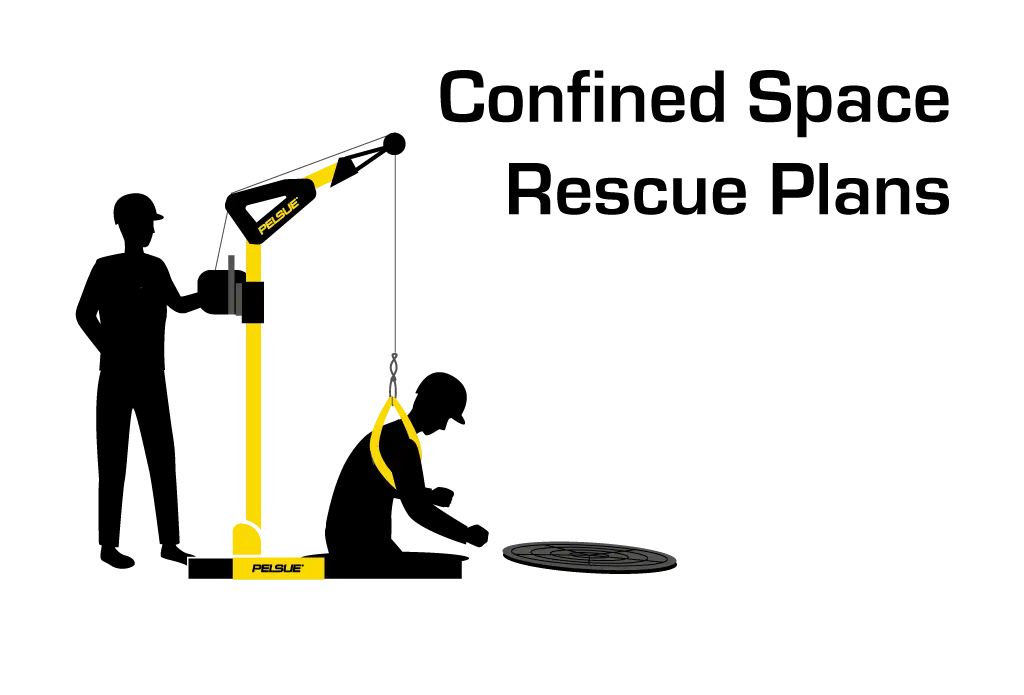Non-Entry Rescue: A Practical Guide for Workplace Safety and Emergency Response
In industrial settings, construction sites, confined spaces, and other high-risk work environments, emergencies can occur without warning. One of the most critical safety practices in such environments is non-entry rescue—a method of rescuing a worker without physically entering the confined or hazardous space. Unlike entry rescue, which involves rescuers going into the danger zone, non-entry … Read more








